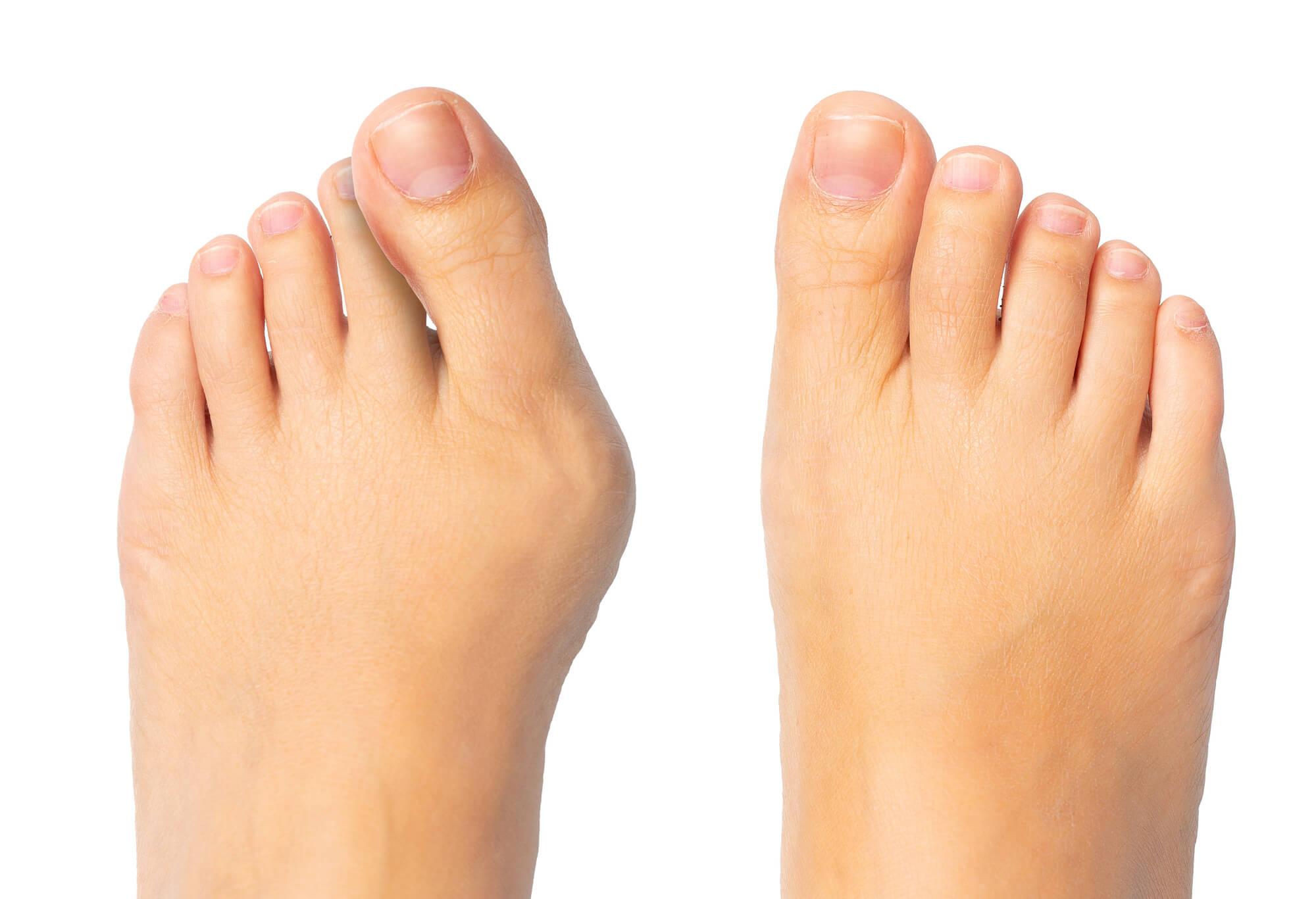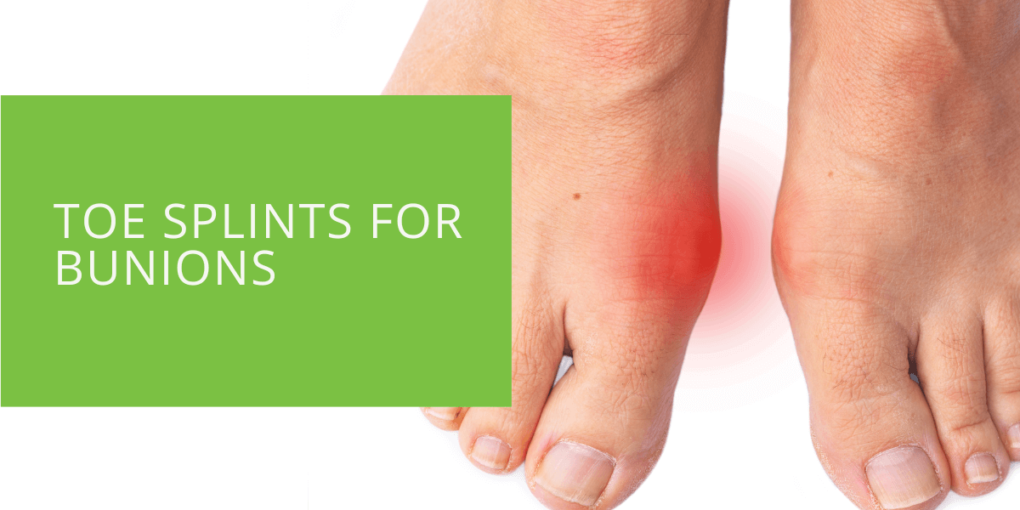Understanding the Benefits of Toe Splints for Bunions
Bunions, often misunderstood, can profoundly impact one's quality of life due to the discomfort they bring. At ePodiatrists, we empathize with the challenges bunions pose and strive to offer effective solutions. Among these solutions, toe splints have emerged as a promising non-invasive option. This comprehensive guide will delve into toe splints for bunions, exploring their mechanisms, benefits, comparison to surgery, and practical tips for optimal usage.
Key Takeaways
- Using toe splints can relieve bunion pain by gently realigning the big toe joint and reducing pressure.
- Consistent use of the splints may prevent further progression of bunions and offer an alternative to invasive surgery.
- Proper fitting, regular wear, foot exercises, and comfortable footwear are essential for maximizing the effectiveness of toe splints in bunion treatment.
What is a Bunion?
A bunion, medically termed hallux valgus, is more than just a bump on the foot; it's a complex deformity that affects the alignment of the big toe. When the metatarsophalangeal joint at the base of the big toe becomes misaligned, the big toe starts to angle towards the other toes. This misalignment causes not only the visible bony protrusion but also pain, swelling, redness, and difficulty finding comfortable footwear.
Bunions are often hereditary but can result from improper footwear, foot injuries, or arthritis. If left untreated, the misalignment of the big toe joint gradually worsens over time, leading to increased discomfort and impairment of foot function.
Understanding Toe Splints
Toe splints, designed as orthotic devices, are crucial in bunion management. These devices work by gently realigning the big toe joint and supporting the foot's arch. Typically worn during rest or sleep, toe splints apply controlled pressure to the big toe, gradually correcting its alignment and relieving the associated discomfort.
Toe splints come in various shapes and sizes, catering to different degrees of bunion severity and individual foot anatomy. Some splints focus solely on the big toe, while others support the entire forefoot. The choice of toe splint depends on factors such as the severity of the bunion, the presence of other foot conditions, and personal comfort preferences.
Benefits of Using Toe Splints for Bunions
Toe splints offer a multitude of benefits for individuals struggling with bunions, including:
- Relief from Bunion Pain: By realigning the big toe joint, toe splints alleviate pressure and reduce pain associated with bunions, allowing for improved comfort during daily activities.
- Prevention of Bunion Progression: Consistent use of toe splints can help prevent further misalignment of the big toe joint, potentially halting the progression of bunions and avoiding surgical intervention.
- Improvement in Toe Alignment and Function: Over time, toe splints promote proper alignment of the big toe, restoring normal foot mechanics and enhancing mobility.
- Avoidance of Invasive Bunion Surgery: Toe splints provide a non-invasive alternative to bunion surgery, offering relief without the risks and lengthy recovery associated with surgical procedures.
Unlike surgery, which involves cutting and realigning bones, toe splints work gradually by applying gentle pressure to the affected area. This gradual approach allows for natural realignment of the toe joint without requiring invasive procedures or lengthy recovery periods.

How Toe Splints Compare to Bunion Surgery
While bunion surgery remains a viable option for severe cases, toe splints offer several advantages:
- Non-Invasive: Unlike surgery, which requires incisions and anesthesia, toe splints are non-surgical and pose minimal risk of complications.
- Minimal Downtime: Individuals using toe splints can continue their daily activities without significant interruption, whereas surgery may require weeks or months of recovery.
- Cost-Effective: Toe splints are generally more affordable than surgery, making them accessible to more individuals seeking bunion relief.
It's essential to consider factors such as the severity of the bunion, overall health, lifestyle, and personal preferences when deciding between toe splints and surgery. While surgery may offer immediate correction, it also carries inherent risks and requires a longer recovery than non-invasive options like toe splints.
Tips for Using Toe Splints Effectively
To maximize the benefits of toe splints for bunions, consider the following tips:
- Proper Fitting: Ensure your toe splint fits comfortably and snugly to provide effective support without causing discomfort or irritation.
- Consistent Wear: Wear your toe splint regularly, especially at night or during rest periods, to maintain consistent pressure on the bunion and promote gradual realignment of the toe joint.
- Foot Exercises: Incorporate gentle stretching and strengthening exercises into your daily routine to improve foot flexibility and mobility, complementing the effects of toe splints.
- Comfortable Footwear: Choose shoes with a wide toe box and adequate arch support to reduce pressure on the bunion and promote overall foot comfort, enhancing the effectiveness of toe splints.
Conclusion
At ePodiatrists, we are committed to providing comprehensive care for individuals suffering from bunions. Toe splints offer a safe, effective, non-invasive option for relieving bunion pain and promoting foot health. If you're struggling with bunion discomfort, incorporating toe splints into your treatment plan may offer significant relief and improvement in foot function. Our experienced podiatrists are here to guide you through the process and help you find the best solution for your needs. Schedule an appointment today to embark on your journey to bunion relief and recovery.

